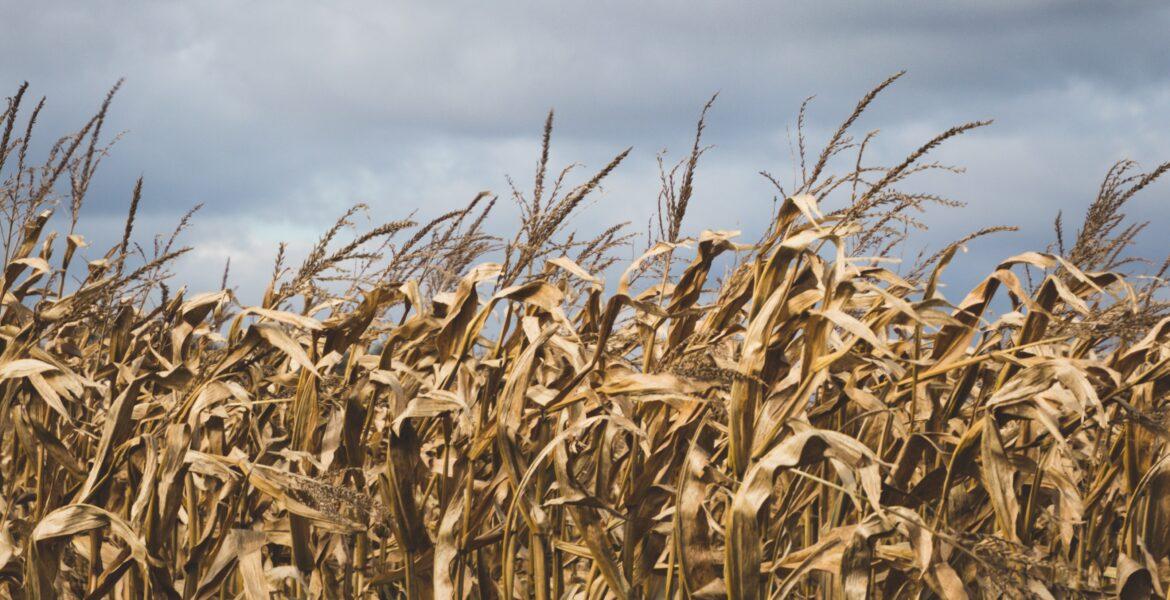Africa-Press – Botswana. While some folks understand and are very worried about climate change, more do not and most do not want to know and prefer to bury their heads in the sand.
Climate change is caused by the heat from the sun being trapped in our atmosphere and not allowed to dissipate. What traps the heat are certain gases like carbon dioxide, methane and water vapour. Together these are called greenhouse gases and the problem is that they are increasing because of our activities.
Normally our atmosphere holds about 280 parts per million (ppm) of carbon dioxide but now it is 422 ppm. Atmospheric methane levels have been 0.6 ppm but are now 2.0 ppm. Even water vapour, which is very good at trapping heat, has increased from less than 4ppm to over 5 ppm (at 25km altitude).
Not fast enough
While measuring the volumes of GHGs is very straight forward, to predict its impact is very difficult and many thousands of experts are trying hard to do this because we need to prepare as best as we can. The United Nations and all its members are trying to grapple with all the issues. Firstly, all governments are pledging to reduce or mitigate GHGs by reducing the amount of coal, oil and gas we burn and switch to solar, wind and non-fossil fuels, as well as by afforestation and smarter farming. Many say that this is not happening fast enough.
But we also need to plan to adapt to increases in temperature and more extreme weather. Recently it was so hot in Europe that it melted roads and buckled railway tracks, but more importantly, killed crops.
The big question is what levels of global warming should be assumed in planning. The UN has produced six scenarios, from + 1.5C to +4.5C. The most likely will be +2.5C, according to the stated intensions by each member state of the UN. More ambition might just might keep global warming to within +1.5C. The Government of Botswana has yet to select a global warming scenario and to submit its revised climate change plans to the UN.
From China to Chad
What is becoming clearer with each passing year and season is that temperature records are being broken. So many countries are experiencing unprecedented temperatures, from China to Chad, Australia to Austria and from Uzbekistan to the USA, as shown in the figure. It is only a matter of time before the record temperature of 44C in Maun in 2016 is broken.
At the same time rainfall is reducing by an average 1 mm per year in Botswana, according to researchers at the University of Botswana. And it is noteworthy that 16 of the last 25 years have been declared a drought in Botswana. This triggers financial aid and other support that needs paying for. The question is how much financial support is economically and socially justifiable and, more importantly, sustainable.
Famine looms
Food security affects us all, whether we live in urban centres or rural areas. A regional drought will mean that our neighbouring countries will look after themselves first. This means that the spectre of famine looms over Botswana, our country being food secure only because it can afford to import food which that cannot be presumed in the future. Botswana’s World Food Security Index rating is 103/113 for resource and resilience aspects. We import 80% of our food needs, and this is not sustainable. This is the reason why the government is vigorously promoting food import substitution and is just beginning to promote smarter more resource-efficient farming.
But there are important gaps in knowledge, and this undermines the drive for food self-sufficiency. Firstly, what global warming scenario is being assumed and planned for? Secondly, what level of food self–sufficiency is being considered? How much water will be needed to achieve that? Such critical questions may be even be matters of national security because we have seen recently that food can be weaponised. Politicians and citizens need to be made more aware of climate change and sensitised to its impacts. The media needs to be more involved as well. There is little point in a business-as-usual approach, which indeed could prove to be disastrous.
Mauritius goes hydroponic
The impacts of climate change in North Africa include instability, conflict, war and mass migration to Europe. It would be profoundly naïve to think that we are immune to such terrible conditions in the southern African region. Action is already being taken on the island of Mauritius by promoting hydroponic farming and electric vehicles. We need to step up our investment in smart, water-conserving food production and move away from water and land extravagant pastoral farming. As much as many would like coal and oil to be exploited in Botswana to provide incomes, it must be recognised that both coal and oil will only exacerbate the problem of carbon emissions and global warming. Solutions needed are structural and cultural, and to get the unemployed engaged in improving national food security is win-win and should be vigorously pursued. There are solutions and ways and means of avoiding the worst impacts of climate change. Research at BUAN and NARDI should be stepped up and smarter farming incentivised and vigorously supported.
It is inevitable that failure to act on climate change now will lead to the demise of Botswana in a few years’ time. Years of infrastructure and service development using our once-in-a-life-time diamond revenues will have been wasted. As with North Africa, the Botswana population will decline through migration, leaving the aging and uneducated behind. Without building resilience to climate change, Botswana could once again become an impoverished and hungry country. Everything must be done to avoid this dystopian scenario becoming reality.
For More News And Analysis About Botswana Follow Africa-Press






